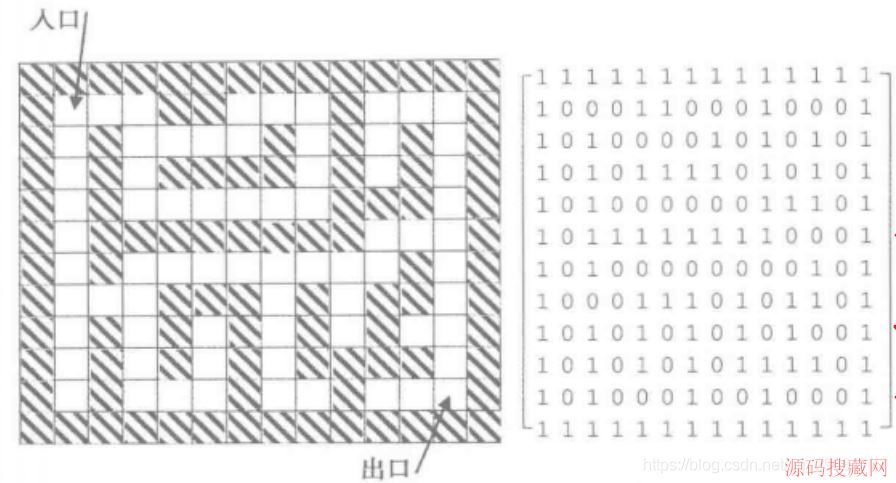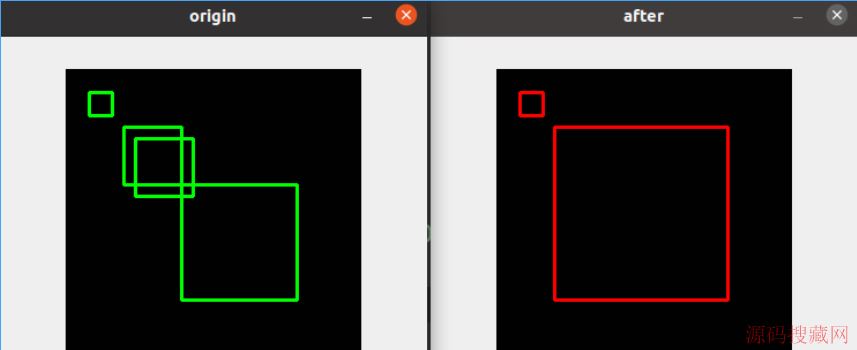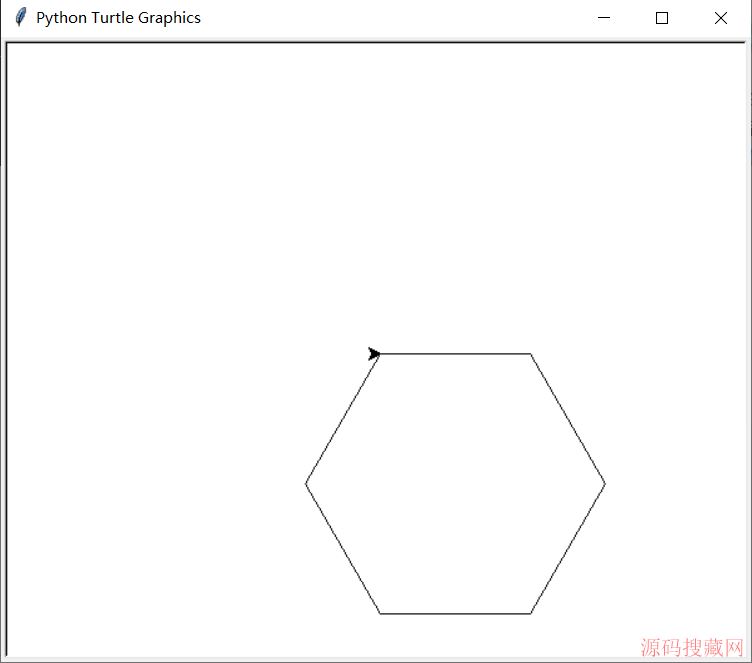AJAX:如何处理书签和后退按钮(2)
window.onload = initialize;
function initialize() {
// initialize the DHTML History
// framework
dhtmlHistory.initialize();
// subscribe to DHTML history change
// events
dhtmlHistory.addListener(historyChange);
// if this is the first time we have
// loaded the page...
if (dhtmlHistory.isFirstLoad()) {
debug("Adding values to browser " + "history", false);
// start adding history
dhtmlHistory.add("helloworld", "Hello World Data");
dhtmlHistory.add("foobar", 33);
dhtmlHistory.add("boobah", true);
var complexObject = new Object();
complexObject.value1 = "This is the first value";
complexObject.value2 = "This is the second data";
complexObject.value3 = new Array();
complexObject.value3[0] = "array 1";
complexObject.value3[1] = "array 2";
dhtmlHistory.add("complexObject", complexObject);
在add()被调用之后,新的地址将立即作为一个锚值(链接地址)显示在浏览器的URL地址栏中。例如,对地址为的AJAX Web页面调用dhtmlHistory.add("helloworld", "Hello World Data")之后,用户将会在其浏览器URL地址栏中看到如下的地址:
#helloworld
然后用户可以将这个页面做成书签,如果以后用到这个书签,AJAX应用程序可以读取#helloworld值,并用它来初始化Web页面。散列后面的地址值是RSH框架可以透明编码和解码的URL地址。
热门源码









